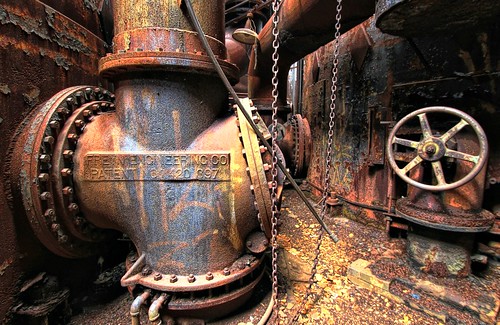Your furnace is a major appliance, and every winter, you’re glad you have it. But after a while, your furnace will become out of date. HVAC repairs and services can keep it running well over the years, but eventually, new technology will come along that makes older systems obsolete or inefficient. When exactly should you update to a fresh furnace? Consider these four reasons why it might be time to move on to a better and more cost-effective system.
Your Furnace Needs Frequent Repairs
A new furnace might seem expensive, but your old unit can actually be more costly as it ages. It will be less efficient than a newer machine and will require more frequent repairs. Occasional repairs are normal, especially if you live in a climate where you put lots of demand on the furnace each winter. It’s not normal, however, to be making frequent repairs, especially expensive ones, or multiple repairs to correct the same issue. If any of these red flags pop up, talk to your HVAC technician about whether an upgrade would be more cost-effective.
Your Furnace Is Old
Regardless of how often your system needs repairs, if it’s getting old (18-20 years is generally the maximum life expectancy of these appliances), chances are you should invest in a modern, more efficient furnace. If the system is well-maintained, including having annual cleanings and inspections as well as filter changes when needed, you might get 30 years of use or more out of it. Also, invest in a maintenance agreement when upgrading. This is a fantastic way to get the most use possible from your new furnace.
Your Furnace Is Inefficient
Energy efficiency is arguably the primary reason for moving on to a newer model. Check your current model’s SEER rating to get an idea of whether something that’s more efficient would do a better job of heating your home from a budget standpoint.
The SEER rating is a simple calculation that divides your system’s total heat, measured in British thermal units, by the number of watt-hours consumed. In general, this number will range between 13 and 25. The higher the rating, the more efficient the furnace. If you see an Energy Star label on the machine, it has a rating of at least 15.
Your System’s Maintenance History
You should have your furnace checked before its peak use each year. For most people, this means routine maintenance in the fall just to ensure the system will keep the space warm through the winter with no hitches. Though this is ideal, many people don’t keep up with this preventive step. This can put a strain on the system, especially if it’s been used for years without basic cleaning or maintenance.
If your system is old and hasn’t been well-maintained, it’s more likely to fall into serious disrepair as time goes on.
Deciding to upgrade rather than repair your furnace is a difficult choice. Consider your current system’s age and efficiency as well as its maintenance history to help you reach a decision.

